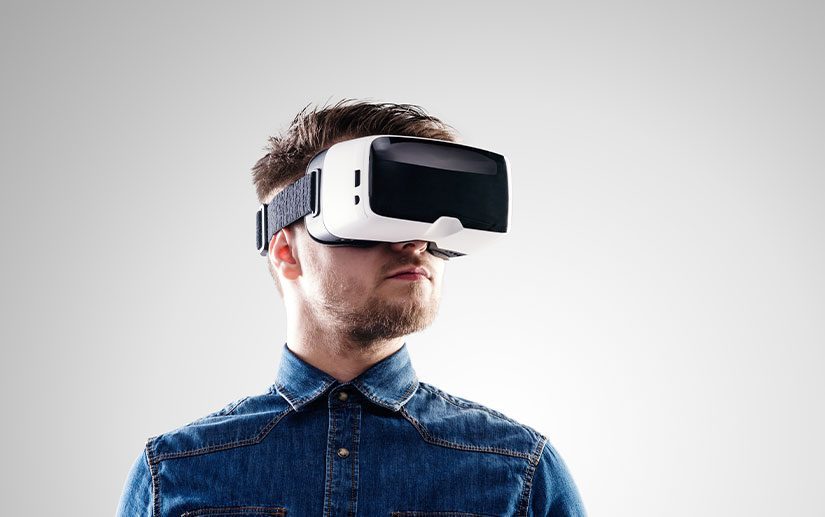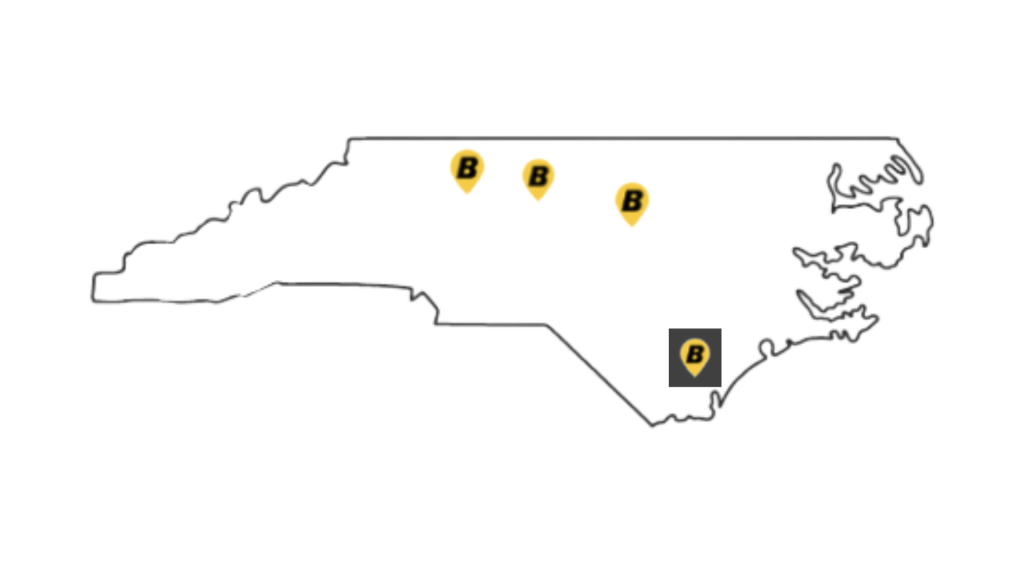When many people think of virtual reality (VR) they imagine someone wearing a headset, unusual hand controls, while moving awkwardly to play video games. For the most part, VR is thought of as a novelty only used for entertainment. However, the technology of virtual reality is becoming a game-changer for various industries including commercial design and construction.
The architects and interior designers at Bobbitt are constantly innovating to find better means, methods, materials and processes to advance our approach to design and building. Over the past few years, we have added rendering software that integrates with our production design software. Why? To better illustrate the designer’s ideas with life-like images and videos.
We have begun to take the next step – virtual reality. VR equipment has become more affordable and is now compatible with architectural design programs.
Bobbitt is embracing the exciting potential of VR to bring 2D plans and elevations to 3D life for commercial design of building, site, interior as well as construction to enhance the understanding of the completed project.
Virtual / Realistic collaboration
Before VR technology, many designers had difficulty providing cost-effective visuals to understand the final design. Standard 2-dimensional drawings did not provide the sense of size, scale and other elements to provide the confidence in making informed design decisions.
Thanks to the benefits of VR, designs are 3D rendered with increasingly realistic materials allowing everyone to walk through a building digitally and explore various design options.
VR and construction into the future
VR will continue to expand and benefit the industry:
- 3D Scanning – New laser scanning equipment creates a 3D mesh of buildings and sites and then modeled by Artificial Intelligence software to an integrated single 3D computer model. The new 3D scan can then be used by the design team utilizing the laser scanning unprecedented level of precision to aid initial design work. Though still high in cost for many clients, the technology is anticipated to be more common in coming years.
- Worker training – Rather than having workers operate physical heavy machinery, they can train in VR first. This system is similar to aviation pilots and it will be much safer for everyone involved.
- Augmented reality – VR is creating a whole new world from scratch. Augmented reality (AR) is adding virtual elements to the real world. AR uses the actual physical visual environment and then applies digital items creating a mix of both real and virtual. AR may be used to overlay the design model with the physical built environment for verification.
What does VR mean for Bobbitt and our customers?
The potential capabilities of virtual reality are vast. But as this technology evolves it will be important to strike a balance between time spent on virtual models vs. work on the building design for town review and construction.
VR modeling time will vary from simple designs and finishes. Ranging from a few hours to elaborate visualizations with multiple photo-realistic design options requiring hundreds of hours of exploration. Bobbitt’s goal is to provide new buildings for our clients. And using technology as appropriate to help our clients meet their needs quickly and economically.
As virtual reality technology continues to improve there will be a growing demand. Bobbitt will continue to stay at the forefront of technological advancements in our industry. The Bobbitt team looks forward to sharing VR technology with our clients.


